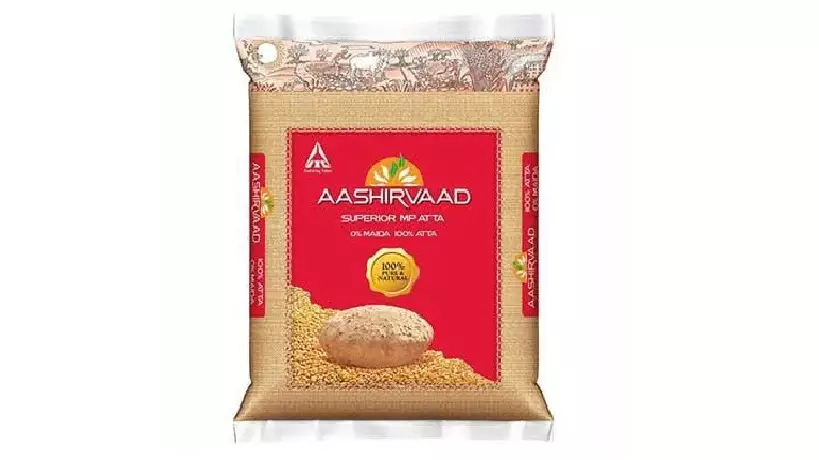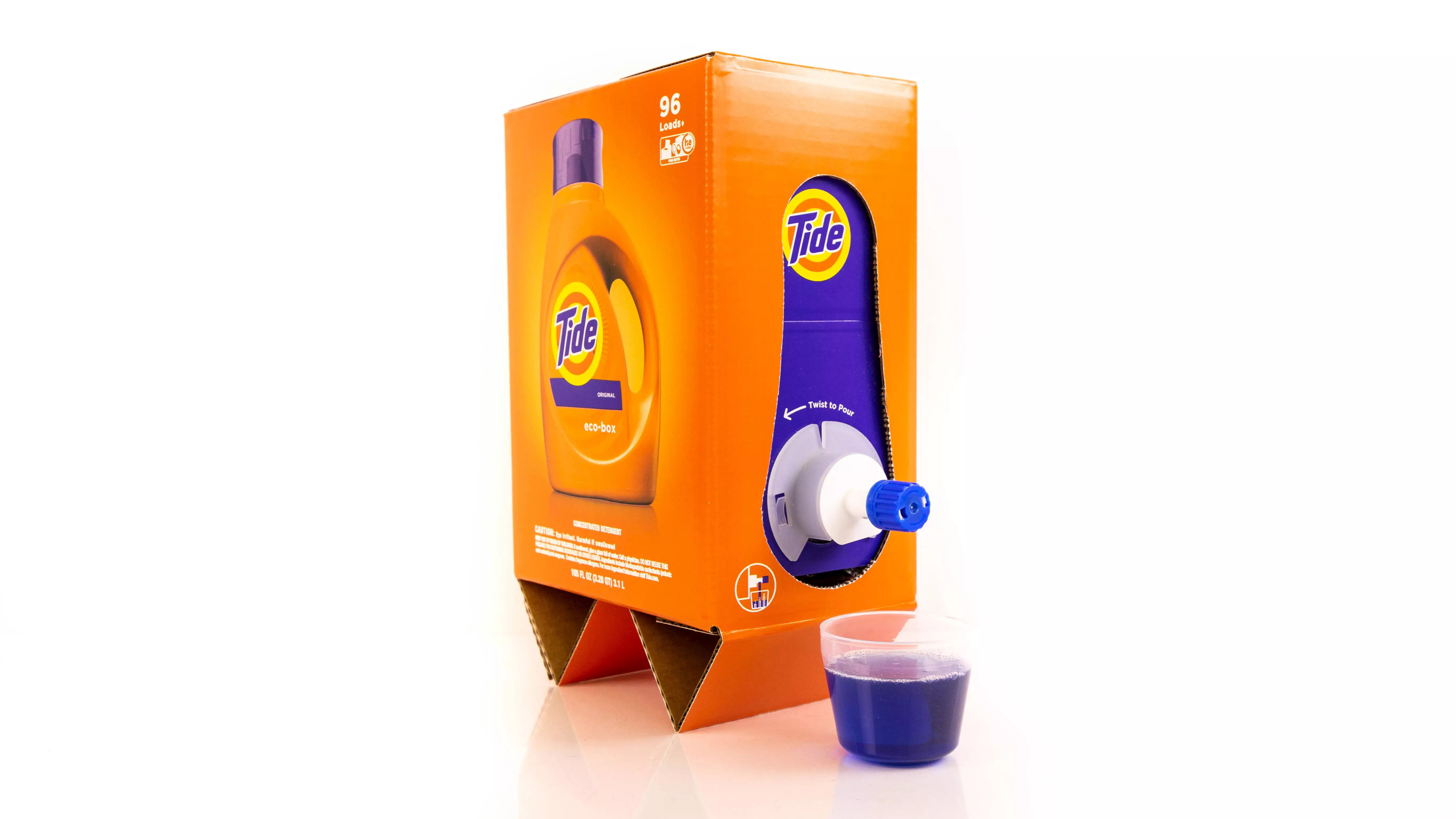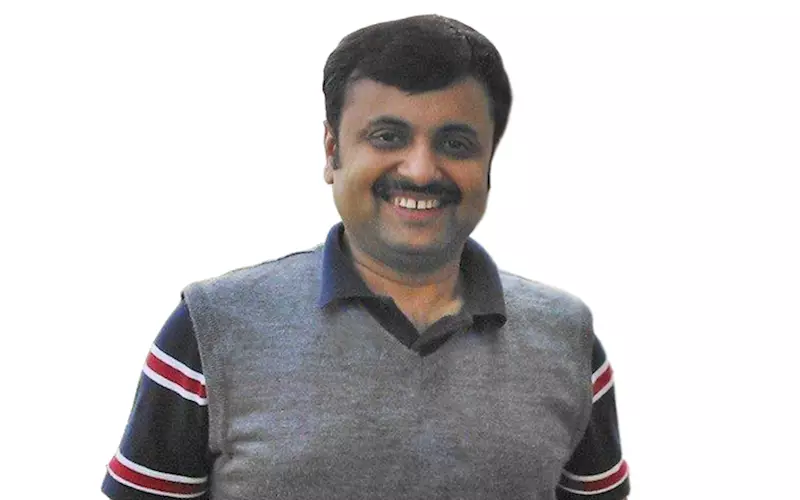Bhattacharya: Learn to be flexible in this dynamic world
The Covid-19 pandemic has disrupted the packaging industry. The changes in consumer behaviour and the demand for hygiene and packaging safety are driving new trends.
How can packaging players make use of these opportunities? Which innovations are going to be the game-changer?
Packaging expert Sukanta Bhattacharya addressed these questions during the ‘Regulations on novel packaging and innovations in the packaging sector’ session at the ProPak India Virtual Expo.
Here is how Bhattacharya's conversation with WhatPackaging? unfolded…
21 Nov 2020 | By WhatPackaging? Team
WhatPackaging? (WP): Kudos on your presentation during the Virtual ProPak conference. What was your main message to the industry?
Sukanta Bhattacharya (SB): My message to the industry was simple – Be flexible in this dynamic world. The pandemic and the changes in consumer behaviour have led to the emergence of new trends. We need to understand, identify and address them quickly and comprehensively to create exciting business opportunities.
WP: Which type of packaging will be most in-demand over the next few months?
SB: As there is a shrink in the overall job market, consumers will continue to possess limited resources until the economic vibrancy comes back to normalcy. Since consumer necessities is a function of their respective lifestyles, they will always try to maintain it in any circumstance. Thus, there will always be a hunt for intelligent and innovative ways to cater to these necessities with less disposable income even in such testing times.
This search, in turn, will push our eco-system to offer consumer goods at competitive prices; it’s obvious for packaging to play the enabler role here without any additional fringes. These trends will make the packaging innovation journey even more collaborative, exciting and competitive. Any innovative and affordable packaging with a Covid safety feature in-built will be a real game-changer. Packaging and product innovations will find its application in multiple business segments. They will be replicated in many other overlapping fields with slight tweaks as per the specific packaging category code requirements.
WP: Has the post-Covid scenario led you to any design innovation in packaging?
SB: Yes. So far, people have focussed on addressing these Covid related challenges chemically, for example, the launch of fruit and vegetable cleaners. One must understand that these processes require very thorough washing and cleaning post application; or else any residual anti-virus chemical product will have a fair chance to be consumed with the food product. Killing the Covid-19 virus can be achieved in many ways, for example, a simple microwave oven exposure is equally effective. Off late, companies have started exploring many such exciting avenues which can offer the same level of safety easily and affordably. This segment offers a big opportunity for the packaging industry.

The ITC Aashirvaad breathable wheat flour pack comprises an air release control design
WP: You shared quite a few designs during the presentation. Any innovation that should benefit India?
SB: There are many. The ITC Aashirvaad breathable wheat flour pack, Huhtamaki bag-in-pouch and Embrapa fruit crates among others are few innovations that offer significant opportunities to benefit India. All these innovations are excellent approaches towards reducing or eliminating product loss in transit. Intelligent players can pick-up these innovative concepts and emulate it as per specific end-use applications.
For maximum benefit on addressing transit loss, such concepts will have to be implemented in collaboration with transporters and distributors. With a clear understanding of the design and concept, these innovations can address most of the transit requirements. Each innovation pertaining to online packaging formats and sustainability have a great potential to benefit Indian consumers if brands can emulate these innovations with slight customisations as per their specific requirements.

The Tide eco box specifically addresses the eCommerce supply chain needs
WP: What are the new trends in packaging design that have emerged in the post-Covid times?
SB: eCommerce is becoming prominent. On the other hand, there is a lot of fear in every consumer’s mind on the potential threat of Covid contamination by any external exposure. This sets the boundaries of innovation. Brands can work intelligently and turn this demand for hygiene and safety into an opportunity. Consumer expectations can be addressed in many ways. But it will largely depend on how we address these needs seamlessly with every packaging format, not compromising the aspects of affordability. As a trend, any intelligent design with an easy and affordable way to reduce the risk of contamination can be integrated to the current manufacturing setup as catering to eCommerce platforms will be the need of the hour.
WP: How have consumer preferences changed? How are brands adapting to these changes?
SB: There are a few early movers. However, they are yet to be addressed comprehensively by many industry players. Here, comes the role of innovation, which can make use of these new opportunities in a far more cost-effective way.
WP: You mentioned the importance of new regulations. How will it impact packaging design and brand messaging?
SB: Regulations will set new boundaries and create norms, which all packaging innovations will need to comply with. It will impact packaging design in a very constructive way – not create any deterrence. Without these regulatory guidelines, innovations will be extremely chaotic and will lose their intended benefit. Good innovators use these guidelines to their advantage.
WP: How have design development cycles evolved in these times? Are brands looking for rapid response and development?
SB: Responsible brands are investing a substantial amount of time for working out comprehensive solutions. However, few street-smart players are trying to over-engineer packages for instant results. However, in the long run, good innovations will replace these quick-fix solutions.
“The premises will continue to remain dynamic and it will naturally have a bearing on a new wave of innovations. Smart innovators will always consider this new normal as an opportunity and will cater to the demand with a much better consumer experience in affordable cost.”
WP: How has the evolving supply chain affected packaging design, SKUs and material choices?
SB: The Tide eco box and Rieke dispensing pump are good examples of packaging innovations which specifically addressed the eCommerce supply chain needs. With time, we will see more such innovations in the Indian market. One must understand – selling and returning of goods is an important feature of any online platform. And thus, brand owners will have to offer packaging solutions for both ends. Simply put, a comprehensive understanding of how to handle online goods will be the key for innovators to implement a 360-degree approach for product packaging.

Catering to eCommerce platforms has become the need of the hour
WP: What challenges did you face during the lockdowns? How did it affect your business?
SB: As we operate in the consulting space, we got an opportunity to deal with a wide range of brand owners. The challenges put forth were in three broad areas:
- Limited availability of a skilled workforce.
- Capability enhancement to convert all the possible work frame in a digital space.
- Retaining market share with more use of artificial intelligence and machine learning.
We helped our clients to sail through on each one of them as per our technical abilities.
WP: And finally: What have you learned personally and professionally throughout these last few months of social distancing?
SB: Respect change and remain flexible. If we stay rigid with our age-old approach, soon we will be replaced by other players who utilise a superior design thinking approach. As a wise man says, “Situation is the real boss”, we need to understand this new situation adequately and work on an innovative approach to stay relevant in this dynamic and continuously evolving market place.











 See All
See All